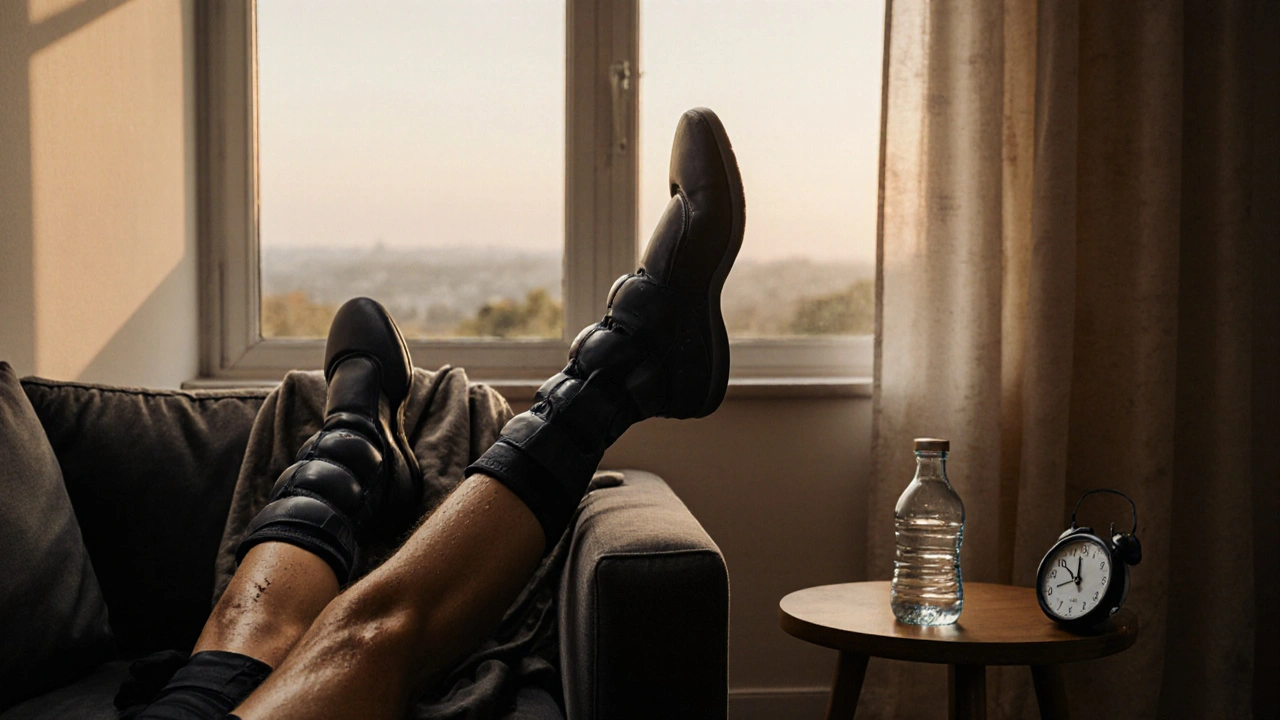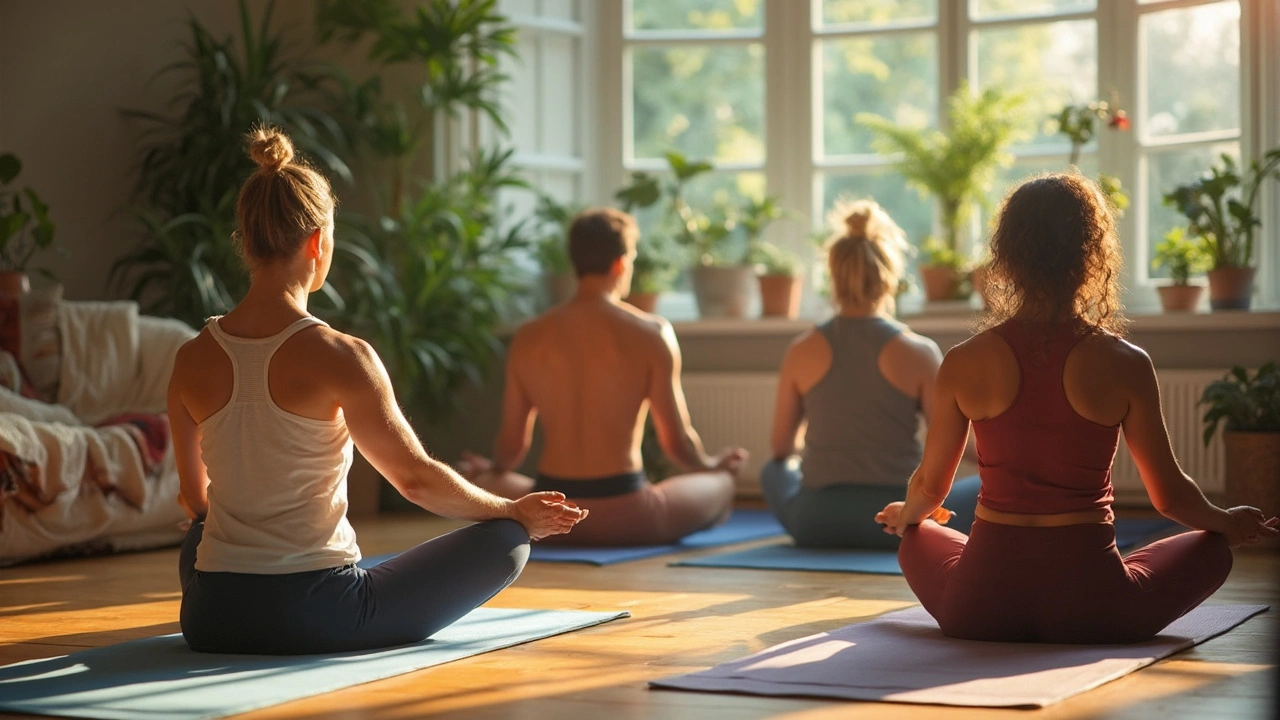Compression Therapy: What It Is, How It Works, and Why It Matters
When you hear compression therapy, a treatment that applies controlled pressure to limbs or tissues to improve fluid flow and reduce swelling. Also known as graduated compression, it's not just for athletes or hospital patients—it’s a simple, science-backed tool anyone can use to feel lighter, less achy, and more energized. Think of it like squeezing a sponge: the pressure pushes out built-up fluid, then releases to let fresh blood and nutrients rush back in. This isn’t magic—it’s physics and biology working together.
Compression therapy often shows up alongside other body-repair methods you’ve probably read about here. It lymphatic drainage massage, a gentle technique that moves fluid through the body’s natural waste system by encouraging the same flow it targets. You’ll find posts here that explain how lymphatic drainage reduces swelling after surgery or long flights—compression wraps or boots do the same thing, but with steady, consistent pressure instead of hands. Then there’s myofascial release therapy, a method that untangles tight connective tissue around muscles. Compression helps soften those tangled areas before a therapist works on them, making the release more effective. And when you combine it with percussion massage, a tool-driven technique that uses rapid pulses to break up stiffness, you get a one-two punch: compression clears the path, percussion drives deeper.
People use this for recovery after workouts, relief from standing all day, or even just to feel less heavy in their legs by evening. It’s not about pain—it’s about comfort returning. You don’t need a clinic to start. Simple sleeves, boots, or even well-fitted socks can make a difference. The key is consistency, not intensity. A little pressure, applied regularly, does more than intense bursts that leave you sore.
What you’ll find in the posts below isn’t just theory. Real people share how compression therapy helped them sleep better after long shifts, reduced swelling from travel, or even made their erotic massage sessions more relaxing by prepping their bodies for deeper release. These aren’t just spa trends—they’re practical tools that fit into real life. Whether you’re trying to recover faster, ease daily aches, or just feel more at home in your own skin, compression therapy is one of those quiet, powerful helpers that doesn’t shout but delivers results.
Compression Massage: A Comprehensive Guide to Benefits, Techniques, and Use Cases
Compression massage uses controlled pressure to reduce muscle soreness, improve circulation, and speed up recovery. Learn how it works, who benefits most, device types, safety tips, and how to get started.





